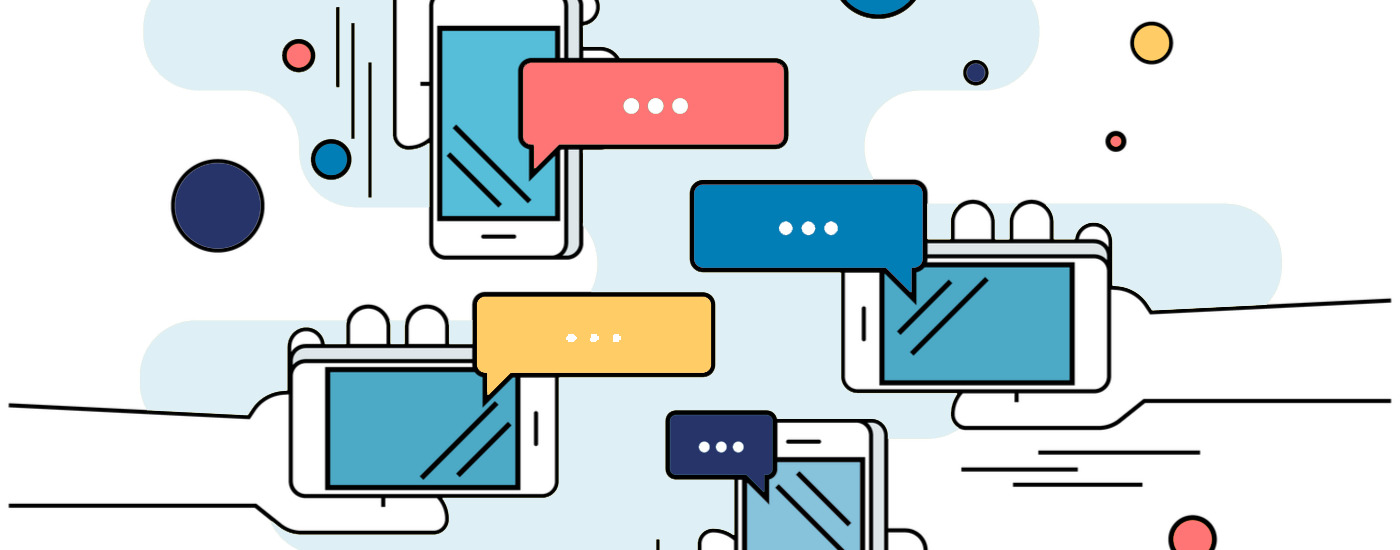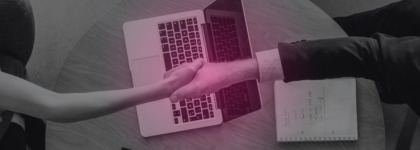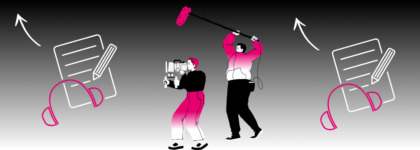Behind the Scenes: Maintaining Accessibility at Slack
Have you ever thought about making accessibility happen at your organization? Have you then immediately thought, “Where do I even begin?”
Luckily, companies like Slack, a collaboration hub software, is paving the way for others to follow. After taking a closer look at Slack, you’ll be assured that implementing accessibility at your organization is possible.
Slack has successfully implemented and maintained accessible practices into its product development process. In the webinar, How Slack Approaches Accessibility Testing, three Slack engineers dive into how they approach and scale accessibility at Slack. The three women, Sharanya Viswanath, Kirstyn Torio, and Kristina Rudzinskaya, deliver actionable advice on how to form an accessibility team and how to incorporate accessibility into the development process.
Below is a snippet from the Q&A portion of the webinar:
How does the Slack the quality team work with UX, design, and research teams?
KRISTINA RUDZINSKAYA: We do have kickoff meetings, during which all the people involved in the feature development get together. And usually, what happens, everyone already had accessibility training for their roles. So they know what they need to implement, from an accessibility standpoint, in their designs. And quality engineers can get together with them and just clarify if everything was addressed in their designs.KIRSTYN TORIO: We do have a designer on the accessibility team. So if there’s a team that we work with, then the quality engineer on the other team will partner with the designer as well.
How does Slack ensure that engineers are implementing what they learn about accessibility?
KRISTINA RUDZINSKAYA: I think it goes back to our values as a company. So we actually encourage everyone, during the onboarding, to get to know all the processes, and accessibility is a part of the process. And there is a training for each role, as we mentioned before. And for engineers specifically, they cannot ship their code if the code is not accessible, the front ends. Because that will be caught during the testing and they have to fix a lot of bugs. So it’s in their interest to ensure their code meets accessibility criteria.KIRSTYN TORIO: Yeah, front-end developers also have their own separate accessibility training that is led by our friend and engineer on accessibility, Todd. So while this specific training is more geared towards a general audience and maybe with specifically quality testers in mind, there’s still additional training that happens outside of this course.
How does Slack ensure that accessibility is happening further up the funnel with designers and product managers as well?
KRISTINA RUDZINSKAYA: So there are simplified checklists for each role, and our project managers are doing a fantastic job in ensuring that everyone just thinks of their checklists, and accessibility is obviously in the checklist.SHARANYA VISWANATH: The software development lifecycle process at Slack…has accessibility embedded into that checklist. So to just add onto Kristina’s point, this is incorporated as early as possible, and with all roles here at Slack. Unless and until we meet certain accessibility requirements, we can’t ship it. So it’s a duty of each and every person to actually have a fair understanding of how accessibility works at Slack and how to meet at least the bare-minimum requirements. So training, education, and also that reflects their own quality of how they’re delivering their work in their own roles.
So to also touch a little bit about career ladder, that also has a technical quality as one of the spheres that we evaluate each person. So it’s sort of culturally embedded in all spheres.
Does Slack rely on manual testing more or automated testing more, or are both equally important?
KIRSTYN TORIO: So I’d say that manual testing is always going to be very important, especially because accessibility is varied across different OSes, different types of screen readers, and sometimes automated tests can’t catch that. But we do try and prioritize automated testing. How do you feel about it, Sharanya?SHARANYA VISWANATH: Yes, I think Kirstyn summed it up pretty much very well. I think some of them are looked at very early on. We invest heavily on Linters, unit tests, and then finally, we come to end-to-end tests. And when we look at things that can be automated, I would say about 30% can be automated, but most of the validation is relied on manual testing.
Where can someone file an accessibility issue? Is there someplace one can see what issues are outstanding accessibility issues, and when they might be fixed?
KIRSTYN TORIO: So if you’d like to report an accessibility bug within Slack, we do have several ways. One is if you’re using Slack, you can type in forward slash feedback, and then that will trigger a dialog that gets looked at by our customer experience team, and they’re amazing. We have two very dedicated accessibility ambassadors who filter out accessibility tickets, and then we can take a look at it directly.There’s also a Help menu, which you can access through the triple ellipses at the top-right of Slack. And then that also leads you to the Help page to report feedback. And then, if you prefer email, we have [email protected].
KRISTINA RUDZINSKAYA: Yeah. Unfortunately, there is no place where we can list all of the accessibility issues. But if there’s anything that definitely blocks you from doing your work or there is a really significant bug that you reported, we will definitely follow up with you when we fix it. Our customer experience team is just absolutely fantastic, and they’re delightful to work with. Yeah. They will keep you posted on the update on the issue.
Does Slack have a central accessibility team? If yes, how many people are on the team, and what departments are they from?
KIRSTYN TORIO: So we do have a central accessibility team. We do have one product manager, one designer, two front-end engineers, one quality tester, and one program manager. And we also have the two specialists on our customer experience team. So it’s a pretty small team, but that’s everyone on our team.We also have people that are very ingrained in accessibility that are on different teams. So we have iOS developers and Android developers, but they’re not necessarily part of the accessibility team. They hold those parts of the product accountable.
What advice do you have for a company that is just starting to think about accessibility?
KRISTINA RUDZINSKAYA: It depends on the company size. It depends on the company processes, but I would say start small. Don’t try to achieve big goals from the beginning.And what helped us as a company, it’s our values. Slack deeply values empathy, and we did have a lot of empathetic humans here who advocated for accessibility efforts. So I would say if you’re passionate, try to find some like-minded people within your company and start slow.
SHARANYA VISWANATH: We hired a few strong accessibility advocates who have also been in that industry for a while. For example, George, our product manager, as well as Todd. They have been doing this for 10-plus years, and so they were able to also guide us, to educate us more, and to do this right. In that sense, we were lucky. We have those people, and they are here at Slack, and still continuing to educate engineers that onboard every week.
KRISTINA RUDZINSKAYA: Yeah. So if your company has an opportunity and headcount for accessibility hires, as Sharanya said, that will definitely speed up the process and definitely improve your accessibility efforts and the overall quality of your app.
KIRSTYN TORIO: Even at the beginning, the advocates that we’re talking about, they targeted the low-hanging fruit. So quick accessibility wins, like if they could add a label to a button, if they could fix the contrast on something. Starting somewhere small, like Kristina said, is a good way to open the doors and have discussions about what else you want to make more accessible.
Watch the full webinar below:
Further Reading

Subscribe to the Blog Digest
Sign up to receive our blog digest and other information on this topic. You can unsubscribe anytime.
By subscribing you agree to our privacy policy.





